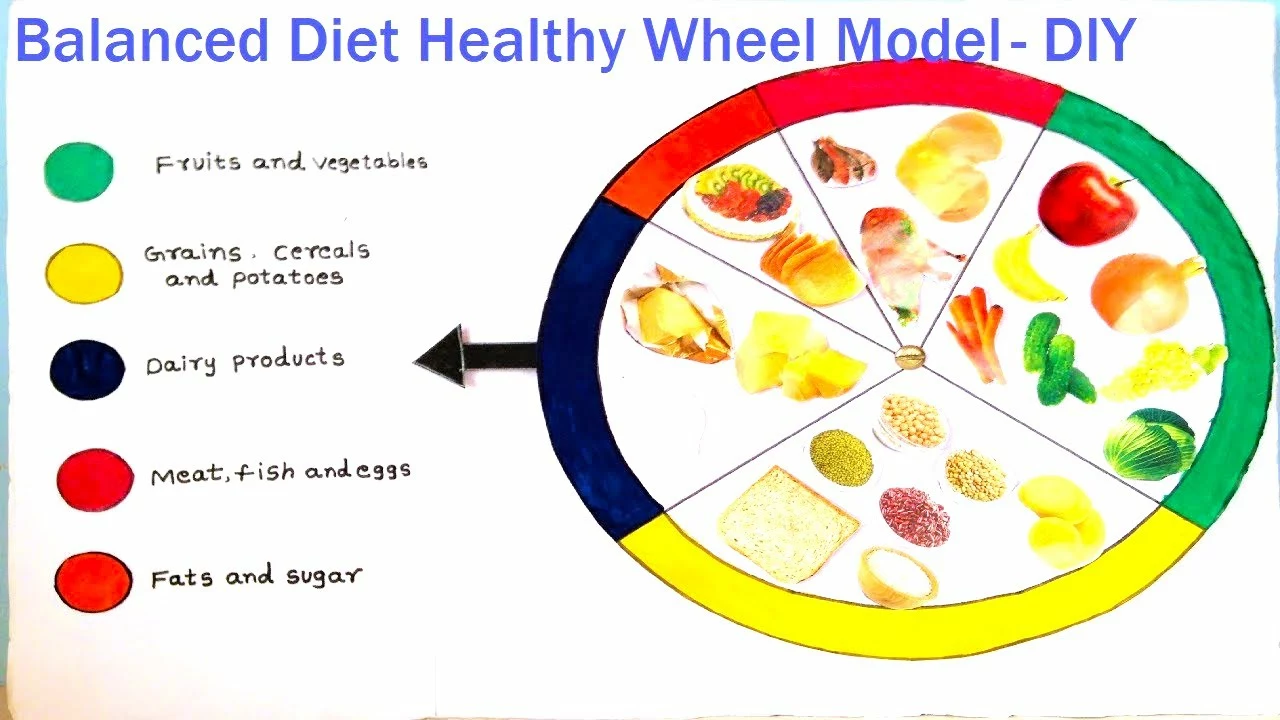Canagliflozin: What It Is and How It Works
If you’ve been told to take canagliflozin, you might wonder what the pill actually does. In simple terms, it’s a medicine that helps your kidneys dump extra sugar in urine instead of letting it stay in your blood. By pulling glucose out of circulation, it lowers your A1C levels and can even shave a few pounds off over time.
Canagliflozin belongs to the class called SGLT‑2 inhibitors. Those letters stand for sodium‑glucose co‑transport‑2, which is a fancy way of describing the protein in your kidneys that normally re‑absorbs sugar back into your bloodstream. The drug blocks that protein, so more sugar leaves your body when you pee.
Why doctors prescribe canagliflozin
Doctors don’t hand out canagliflozin just because it sounds high tech. They usually consider it for people with type 2 diabetes who need extra blood‑sugar control after diet, exercise, or other meds haven’t been enough. It’s also useful if you have a history of heart problems – studies show the drug can lower the risk of heart failure and kidney disease.
Another perk is weight loss. Because you’re losing sugar (and calories) through urine, many patients notice a modest drop in weight without trying extra diets. That can be motivating when managing diabetes feels like an endless battle.
Dosage, safety tips, and common side effects
The usual starting dose is 100 mg once a day, taken with breakfast or the first meal of the day. If your doctor thinks you need more control, they may bump it up to 300 mg after a few weeks. Always follow the exact schedule – missing doses can cause blood‑sugar spikes.
Side effects are usually mild but worth knowing. The most common complaint is extra trips to the bathroom, especially at night. Some people get urinary tract infections or yeast infections because of the higher sugar content in urine. Drinking plenty of water helps keep things moving and reduces irritation.
A rarer but serious issue is a sudden drop in blood pressure, especially if you’re on diuretics or have kidney problems. If you feel dizzy or faint after standing up, sit down right away and tell your doctor.
Another warning: canagliflozin can raise the risk of a condition called ketoacidosis, where your body builds up acids from fat breakdown. Symptoms include nausea, vomiting, stomach pain, and rapid breathing. If any of these show up, get medical help fast.
To stay safe, keep an eye on your blood‑sugar readings, weight, and how often you urinate. Share any new symptoms with your healthcare team – they can adjust the dose or switch meds if needed.
In everyday life, pairing canagliflozin with a balanced diet and regular exercise works best. Think of it as a helper, not a magic fix. When you combine the drug’s glucose‑clearing action with low‑carb meals and a walk after dinner, many people see steadier numbers and feel more energetic.
Bottom line: canagliflozin can be a powerful tool for type 2 diabetes, heart health, and modest weight loss. Knowing how it works, what dose to take, and which side effects to watch makes the treatment smoother. Talk to your doctor about whether it fits into your plan, stay hydrated, and monitor any changes – that’s the quickest route to feeling better while keeping blood sugar in check.

Canagliflozin and Diet: The Importance of Balanced Nutrition
In my recent exploration of canagliflozin and diet, I've discovered just how crucial balanced nutrition is when taking this medication. As a type 2 diabetes treatment, canagliflozin works best when paired with a well-rounded diet that manages blood sugar levels. It's essential to prioritize whole foods, lean proteins, and complex carbohydrates while minimizing processed foods and added sugars. Additionally, maintaining portion control and staying hydrated helps improve the overall effectiveness of the drug. Ultimately, a healthy, balanced diet is a vital component of managing diabetes and ensuring that medications like canagliflozin have the maximum impact on our health.